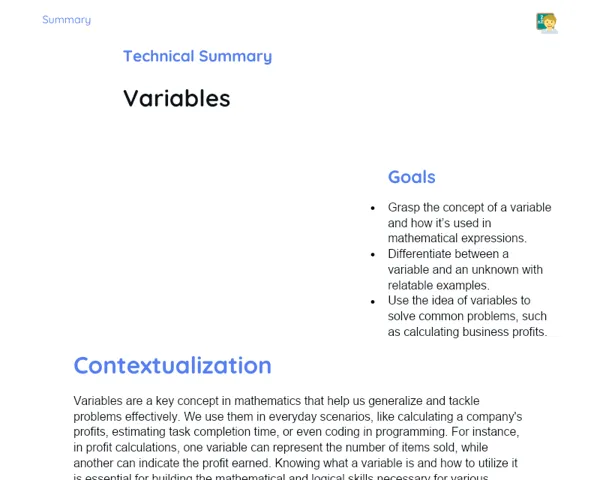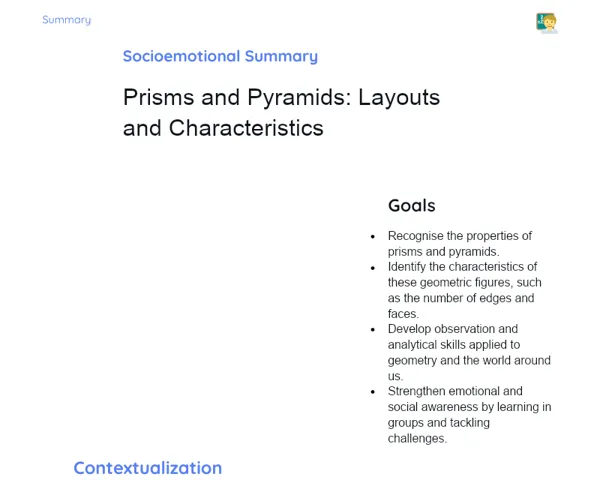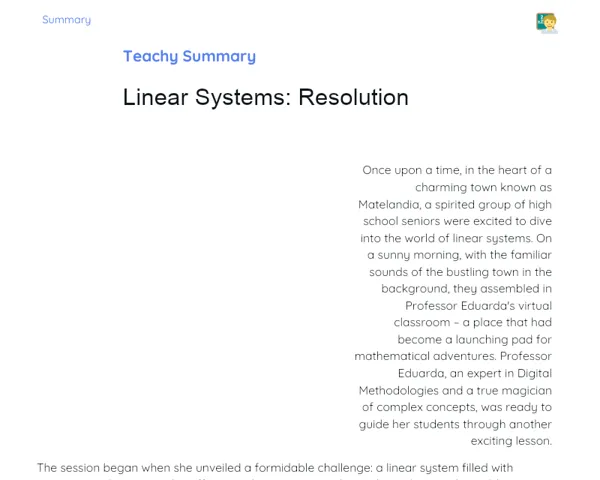Goals
1. Comprehend the idea of the midpoint in a Cartesian plane.
2. Master the formula for calculating the midpoint of a line segment between two points.
3. Visualise how calculating the midpoint applies to real-world scenarios and the job market.
Contextualization
Analytic Geometry blends algebra and geometry to tackle spatial challenges. Understanding the midpoint is crucial, as it pinpoints the exact location that splits a line segment into two equal halves. Consider an architect who needs to find the midpoint of a wall to position a window perfectly in the centre. Without this skill, the entire aesthetic of the project could be thrown off. The midpoint formula is also vital in GPS navigation systems, helping determine midpoints between two locations. Civil engineers rely on midpoint calculations to correctly position structures within their construction plans. Moreover, graphic designers use this principle to ensure that visual elements are well-centered, maintaining symmetry and visual appeal.
Subject Relevance
To Remember!
Understanding the Midpoint in the Cartesian Plane
The midpoint of a line segment in the Cartesian plane is the point that divides the segment into two equal parts, found by averaging the coordinates of the endpoints.
-
The midpoint is equidistant from both ends of the line segment.
-
The formula for calculating the midpoint is ((x1 + x2)/2 , (y1 + y2)/2).
-
This concept is fundamental for ensuring accuracy across various engineering and design tasks.
Formula for Finding the Midpoint
To find the midpoint between two points in the Cartesian plane, you average their x and y coordinates. If the points are A(x1, y1) and B(x2, y2), then the midpoint M is expressed as M((x1 + x2)/2, (y1 + y2)/2).
-
This formula is straightforward and easy to apply in numerous contexts.
-
It is used to identify the central point of a line segment.
-
Understanding this formula is key for tasks that demand precision, like in architecture and engineering.
Real-World Applications of the Midpoint
Finding the midpoint is relevant in various industries, including civil engineering, architecture, and design. It ensures that structures like bridges, buildings, and graphic designs are precise and visually balanced.
-
In civil engineering, the midpoint helps to position structures effectively.
-
In architecture, it is vital for aligning features like windows and doors.
-
In graphic design, the midpoint ensures that visual components are symmetrically arranged.
Practical Applications
-
Civil Engineering: Use the midpoint to determine where to position columns on a bridge.
-
Architecture: Calculate the midpoint of a wall to properly install a window.
-
Graphic Design: Employ the midpoint to centre visual elements in a layout, ensuring aesthetic symmetry.
Key Terms
-
Midpoint: The point that divides a line segment into two equal halves.
-
Cartesian Plane: A two-dimensional coordinate system defined by two perpendicular axes.
-
Analytic Geometry: A field of mathematics combining algebra and geometry to solve spatial problems.
Questions for Reflections
-
How do you believe that calculating the midpoint can enhance accuracy in engineering projects?
-
In what ways could the ability to calculate the midpoint benefit your future career?
-
Can you think of everyday scenarios where calculating the midpoint could be useful?
Maker Challenge: Finding the Midpoint
This mini-challenge will reinforce your understanding of calculating the midpoint through a fun, hands-on activity.
Instructions
-
Select two points in the Cartesian plane, such as A(3, 5) and B(9, 11).
-
Calculate the midpoint of these points using the formula ((x1 + x2)/2 , (y1 + y2)/2).
-
Gather simple materials like paper, a ruler, and a pencil to sketch the Cartesian plane and mark points A and B.
-
Indicate the midpoint on your drawing.
-
Write a short explanation about the importance of the midpoint in the activity you completed.
-
Share your explanation and drawing with the class, discussing how you found the midpoint and its relevance.



